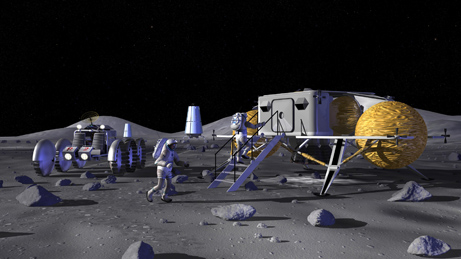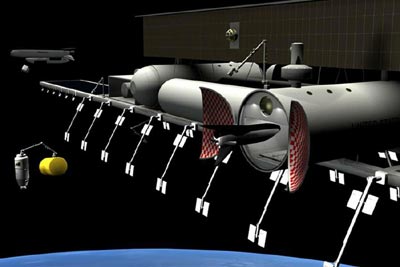Mar 8, 2008
Mankind’s secrets kept in lunar ark
Posted by Ole Peter Galaasen in categories: biotech/medical, defense, space

IF civilisation is wiped out on Earth, salvation may come from space. Plans are being drawn up for a “Doomsday ark” on the moon containing the essentials of life and civilisation, to be activated in the event of earth being devastated by a giant asteroid or nuclear war.
Construction of a lunar information bank, discussed at a conference in Strasbourg last month, would provide survivors on Earth with a remote-access toolkit to rebuild the human race.
A basic version of the ark would contain hard discs holding information such as DNA sequences and instructions for metal smelting or planting crops. It would be buried in a vault just under the lunar surface and transmitters would send the data to heavily protected receivers on earth. If no receivers survived, the ark would continue transmitting the information until new ones could be built.








